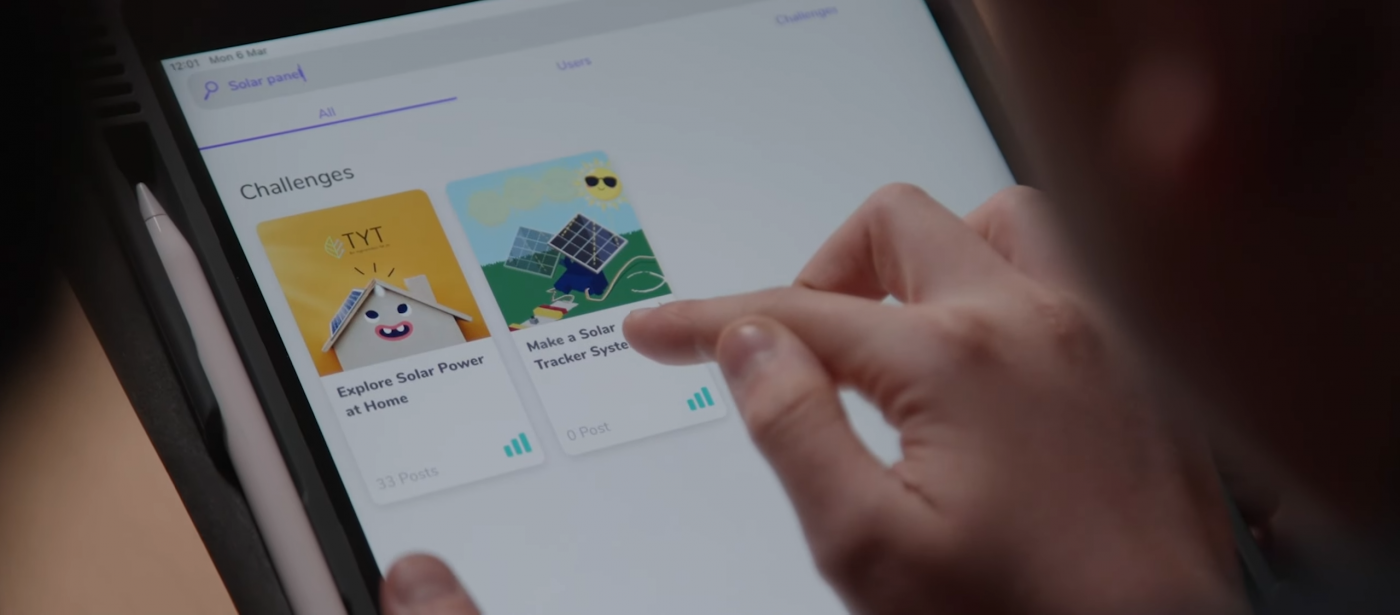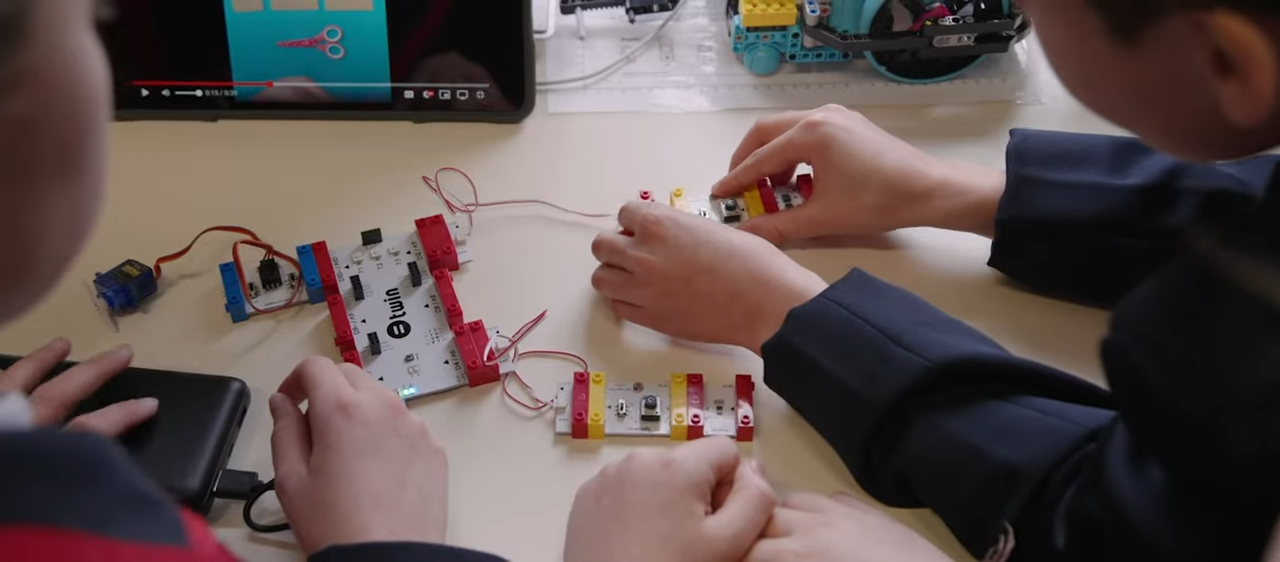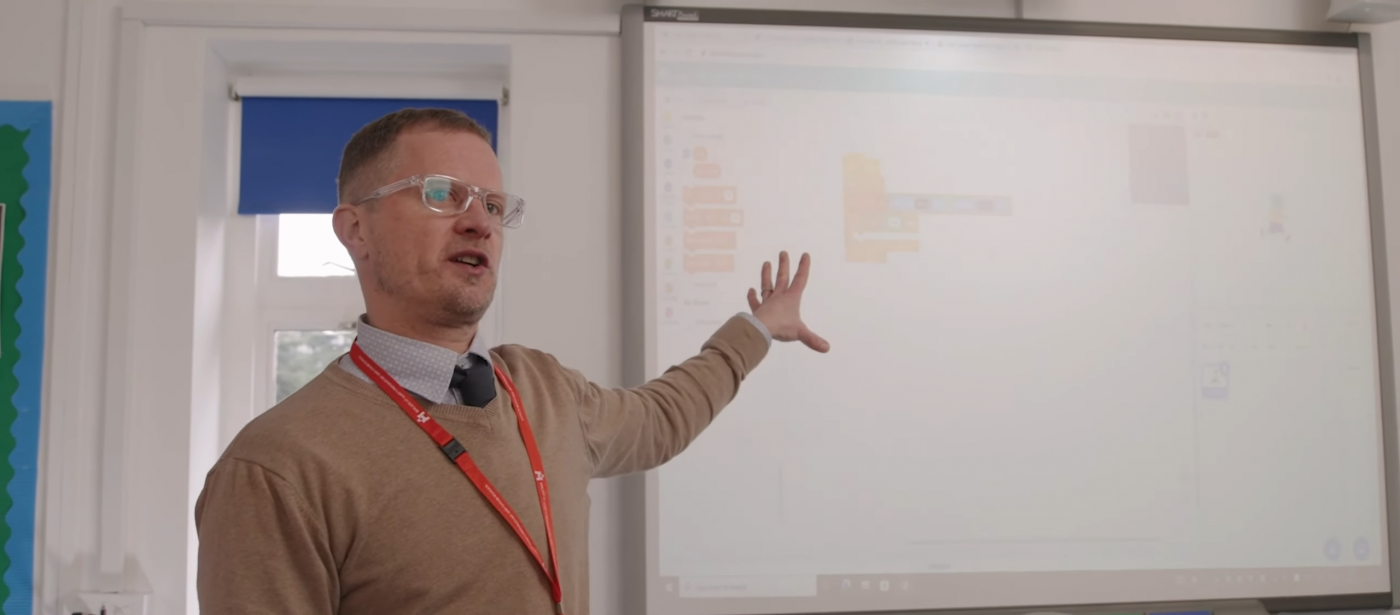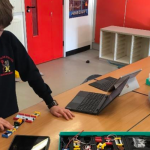The world is facing urgent environmental challenges such as climate change, pollution, and resource depletion. STEM for Sustainability subjects such as green tech, sustainable design, renewable energy, and tech4good offer solutions and hands-on projects to these complex problems. Schools must keep up with the changing times by incorporating STEM for Sustainability into their Design and Technology curriculum.
Incorporating STEM for Sustainability subjects into Design & Technology curriculum is not only equipping pupils with valuable knowledge and skills and empowers them to become agents of positive change in their communities and the world at large. Moreover, green-tech subjects are highly relevant to the current job market. Many industries and businesses are shifting towards sustainable practices and seeking professionals who can contribute to this transition. Design & Technology prepares pupils for a sustainable future.

This article will explore the benefits of incorporating STEM for Sustainability in Design and Technology classrooms, examples of successful implementations, the impact on student learning, the future of these subjects in education, and tools and resources for designing and implementing a Design and Technology curriculum.
Importance of Design and Technology
Design and Technology are two subjects that work well together. Design encourages creativity and problem-solving, helping pupils ideate creative solutions to the world’s challenges. Technology provides the tools to bring those ideas to life. When pupils are given the opportunity to work on hands-on Design and Technology projects, they can develop a wide range of skills, including critical thinking, problem-solving, collaboration, and communication. These skills are highly valued in the workforce, making Design and Technology a valuable addition to any school’s curriculum.

Another benefit of incorporating Design and Technology in the classroom is that it makes learning more engaging and meaningful for pupils. When pupils are able to work on projects that are relevant to their interests and passions, they are more likely to be motivated and engaged in their learning. Design and Technology projects also allow pupils to see the real-world applications of what they are learning, which can help to make the learning experience more meaningful.
Examples of Successful Implementation in Schools
by Marcus Culverwell, Headteacher at St Mary’s
“Unless we teach the children coming up through our schools how to embrace the challenges and how to apply new technologies in order to tackle these critically important issues; such as climate change, food security, and water scarcity, they are destined to repeat the mistakes of their parents’ generation placing economic growth and profit above people and the planet.
This is why I strongly believe that we need to redesign our curriculums to incorporate STEM for Sustainability and a deep understanding of why the problems of over-consumption, waste and ecosystem resource depletion are so serious. Even more importantly, we need to equip the young people in our schools today, not just with the knowledge, but with the heart and desire to want the change. That is why Twin’s STEM for Sustainability solutions are invaluable to our school.”

How did GEMS School use gamification to teach UN SDGs?
GEMS School is dedicated to providing a world-class education to its students. GEMS School strongly focuses on sustainability and is committed to fostering an understanding of the United Nations Sustainable Development Goals (SDGs) among its students. To ensure that these goals are embedded in the curriculum, GEMS School partnered with Twin, and they used Twin’s education solutions to create an engaging and interactive learning experience for its students. Through the use of Twin App’s engaging games, GEMS School students explored various topics related to sustainability, such as responsible environmental practices, applications for the UN Sustainable Development Goals, and the importance of protecting our planet.

The Impact of Design and Technology on Student Learning
Integrating STEM for Sustainability into Design and Technology Education has a positive impact on student learning. Students who participate in STEM for Sustainability projects have higher levels of engagement, motivation, and achievement than those who did not. STEM for Sustainability projects also provide opportunities for students to develop 21st-century skills that are highly valued in the workforce. These skills include critical thinking, problem-solving, collaboration, and communication. By integrating STEM for Sustainability into Design and Technology Education, students are better prepared to succeed in the workforce and life.
The Future of STEM for Sustainability
As the world becomes increasingly focused on sustainability, it is likely that STEM for Sustainability will play an important role in the future of Design and Technology Education. In fact, STEM for Sustainability will become a core part of the curriculum in the years to come. This is because these subjects provide students with the skills and knowledge they need to succeed in a world that is facing urgent environmental challenges.

As STEM for Sustainability continues to evolve, it is important that schools stay up-to-date with the latest trends and technologies. This includes providing teachers with professional development opportunities to help them develop their skills and stay current with the latest trends. It also means investing in technology and resources that can help support STEM for Sustainability projects in the classroom, and preparing students for a sustainable future.
Tools and Resources for Design and Technology Curriculum
Twin Science & Robotics offers a comprehensive set of educational solutions designed to help schools implement STEM for Sustainability education into their Design and Technology classes. With Twin’s Teacher Platform, teachers can access curriculum-aligned lesson plans and resources, track their students’ progress and skill development, and use any available content module to match their students’ pace. The Twin Mobile App provides an educational platform for children to learn about STEM-based sustainability topics through interactive content, games, and challenges.
Twin’s STEM kits provide children with the opportunity to design and build their own hands-on prototype projects for future problems, using modular electronic bits and pieces to learn how to build robots, write code, and prototype inventions that work in the real world.
Additionally, the Skill Report for parents and teachers provides comprehensive insight into their children’s learning outcomes, skill development progress, and areas of interest, which can be used to guide and support their learning.
By utilizing Twin’s educational solutions, schools can effectively integrate STEM for Sustainability education into their Design and Technology classes, ensuring that students are well-equipped to succeed in a rapidly changing world.

Conclusion
In conclusion, STEM for Sustainability has the potential to transform Design and Technology Education. By integrating sustainability concepts into the curriculum, students can learn to become critical thinkers and problem solvers who are prepared to tackle real-world challenges. With the help of Twin’s Teacher Platform, Student App and STEM kits, students can explore and learn about STEM-based sustainability topics in an engaging and fun way.
To stay ahead of the curve, schools must continue to embrace the latest trends and technologies and provide teachers with the support and resources they need to effectively teach Design and Technology. With these efforts, we can ensure that our students are prepared for a successful future that prioritizes sustainability and innovation.



